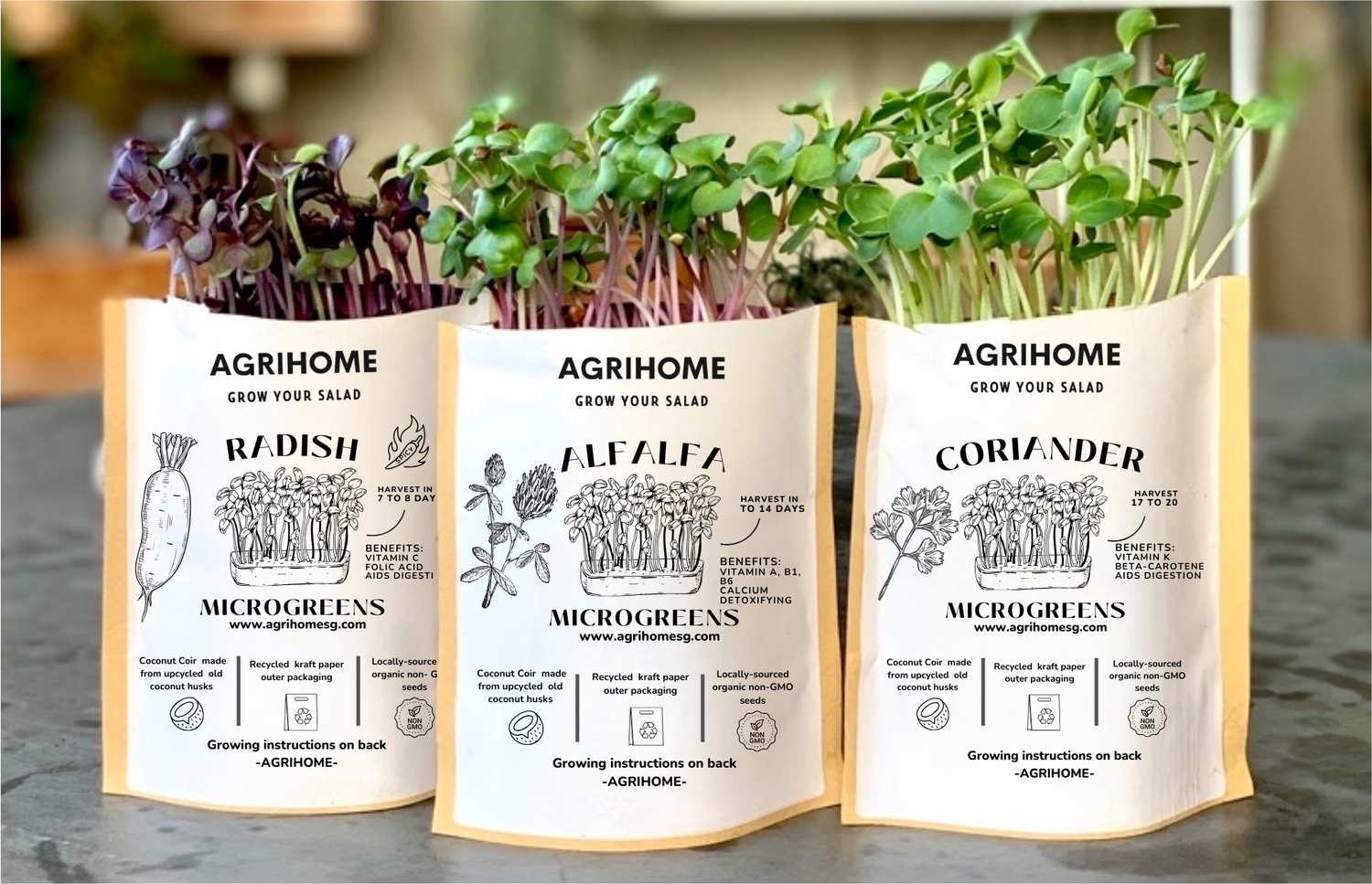Challenges of indoor farming VS traditional farming?
One of the most challenging things about indoor farming is controlling the growing environment. In outdoor farming, plants are exposed to a wide range of environmental factors, such as sunlight, rain, wind, and temperature, which can vary significantly over time. In contrast, indoor farming takes place in a controlled environment, such as a greenhouse or a vertical farm, where the growing conditions can be carefully managed.

This can be challenging because plants have specific requirements for light, temperature, moisture, and other factors in order to thrive. In an outdoor environment, these requirements are met naturally, but in an indoor environment, they must be provided artificially. This requires careful planning and the use of specialised equipment, such as lighting systems, nutrient and irrigation systems.
Fortunately maintaining the appropriate growing conditions in an indoor farm does not always have to be difficult and expensive, and it requires a basic level of expertise and attention to detail. Additionally, indoor farms are often located onboard cruise ships, small offices, and urban areas, where previously limited space insufficient for traditional farming, is now possible with the help of indoor vertical farming.
Overall, controlling the growing environment (Grow lights, irrigation, nutrients, pH) is now possible with indoor farming, and is easily achieved with the right equipments, technical expertise, planning, and resources.

